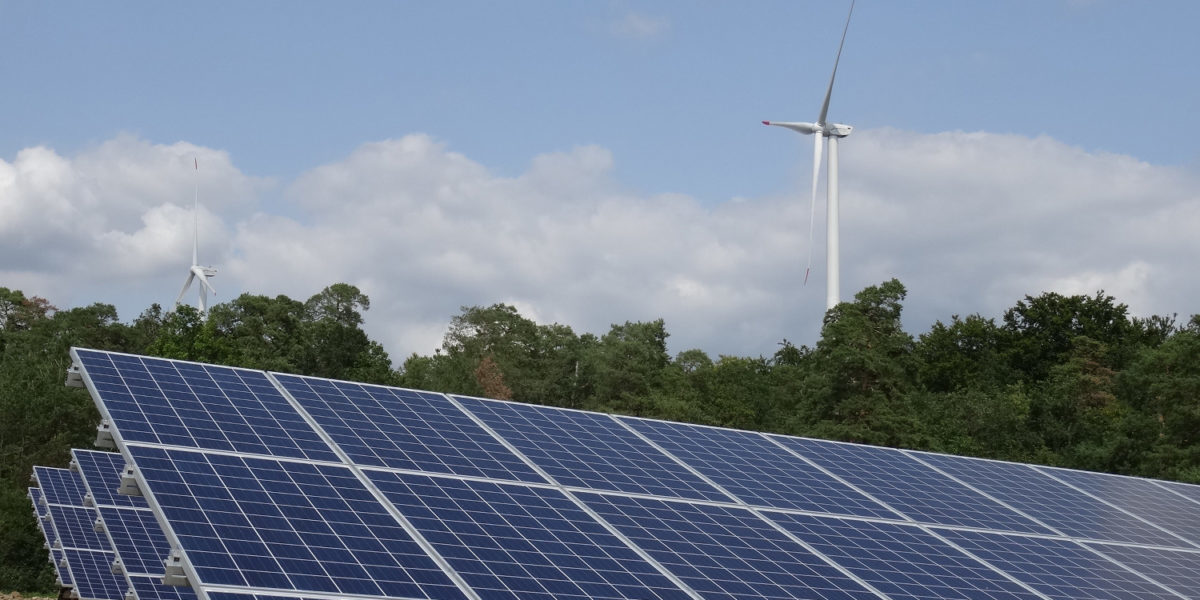President Obama was still in the White House, the honour of the Australian Cricket Team was still intact, and Australia’s onions were living in fear of then Prime Minister Tony Abbott. There is much about the period Abbott was in office to be nostalgic about, but investment in renewable energies is not one of them.
A CEC policy briefing paper released today shows new investment in renewable energy projects such as solar and wind farms has plunged to Abbott era levels, risking rises in power prices and future energy reliability.
CEC Chief Executive Kane Thornton said following the good news last week that the 2020 large-scale Renewable Energy Target (RET) would be met, there is currently no energy and climate policy to replace it – giving pause to many major investors.
The briefing paper shows quarterly financial commitments in new renewable energy projects reached a high of over 4500 MW in late 2018, but have now dropped to less than 800 MW in each of the first two quarters of 2019.
2018 was a record smashing year for investment in renewables and capacity additions. But even then the lack of an energy policy beyond 2020 loomed as a shadow encroaching upon the industry. The energy policy vacuum beyond 2020, much like the vacuum devoid of any matter between Energy Minister Angus Taylor’s ears, is a great threat to Australia’s energy future.
“Investors have been forced to balance their record enthusiasm for Australian wind and solar projects with a lack of national policy, growing threats of government interference in the energy market and a range of out-of-date regulations,” Thornton said.
According to BIS Oxford Economics, construction work done on renewable energy projects will plunge between 40% and 50% in the early 2020s as a result of investor timidity.
Federal policy stagnation is startling considering the necessity of new renewable energy projects to replace the rapidly ageing coal-fired power stations that are set to retire over the next decade. If the coal fires go out with no clean fires to replace them energy prices will only continue to rise and reliability will only continue to drop.
The analysis in Australia’s clean energy generation investment outlook finds that whilst large-scale renewable energy projects no longer require government subsidies, that does not give future investors the certainty they need. Thornton is worried about how large-scale renewable energies are threatened by the range of regulatory barriers and a lack of policy motivation to update the energy grid.
“The industry is working closely with the Australian Energy Market Operator (AEMO) and the networks to address many of these issues in the short term, but a lot of the problems we are seeing now are symptoms of the underlying issues – the need for strategic investment in the electricity network to service the best zones for renewable energy across the country and unlock more cheap, clean power,” said Thornton.
It is clear that the oncoming energy policy vacuum is already having a significant effect on renewable investment. Clear policy and market reform are desperately needed lest investment in renewables, and therefore the entire energy transition, is halted in its tracks.
The CEC has made several recommendations toward Australia’s energy future, some of which are:
- The federal government needs to show leadership and proceed with the National Energy Guarantee (or an equivalent policy). This should also include clear emissions reduction targets before 2050, following in the footsteps of states such as NSW and Victoria.
- Accelerated form of the transmission regulatory framework in order to implement AEMO’s Integrated System Plan.
- Accelerate reforms to support the deployment of energy storage.
- Increase ARENA’s funding beyond 2021 in order to ensure sufficient works to continue facilitation of the energy transition.
- Cooperate and integrate federal and state/territory policy.
- State governments can step up where the Federal government is letting the nation down.
This content is protected by copyright and may not be reused. If you want to cooperate with us and would like to reuse some of our content, please contact: editors@pv-magazine.com.









1 comment
By submitting this form you agree to pv magazine using your data for the purposes of publishing your comment.
Your personal data will only be disclosed or otherwise transmitted to third parties for the purposes of spam filtering or if this is necessary for technical maintenance of the website. Any other transfer to third parties will not take place unless this is justified on the basis of applicable data protection regulations or if pv magazine is legally obliged to do so.
You may revoke this consent at any time with effect for the future, in which case your personal data will be deleted immediately. Otherwise, your data will be deleted if pv magazine has processed your request or the purpose of data storage is fulfilled.
Further information on data privacy can be found in our Data Protection Policy.